What actually looked like in the real life some of the Titanic passengers
The Titanic’s sinking was a catastrophe, with just 700 people out of 2,200 surviving. Several films have been made about the disaster, but James Cameron’s Titanic, released in 1997, is the most well-known. It features visually astounding effects, a compelling romance plot, and, of course, sophisticated and engaging characters.
Captain Edward Smith
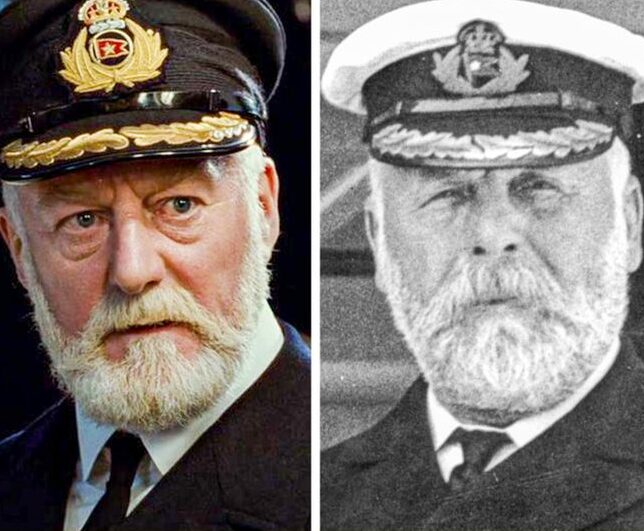
The Titanic was commanded by Edward Smith, a 62-year-old man who grew up in a normal family and left out of school at the age of 12 to join the Royal Naval Reserve. With 40 years of experience, Smith was the White Star Line’s most experienced captain. His last sail on the Titanic was supposed to be his last before he retired.
There was a prevalent belief at the time that icebergs were not dangerous. In an interview in 1907, the future Titanic captain said he couldn’t “see any condition that would lead a ship to founder.” That is no longer the case in modern shipbuilding.” The last moments of the captain’s life are the subject of heated debate. However, several witnesses report that he died heroically.
William Murdoch

William Murdoch had 16 years of cruise experience and was the Titanic’s first assistant to the captain. On the day of the catastrophe, he was the officer on duty, but the iceberg was discovered too late, and the crash occurred 37 seconds later.
His nephew was enraged by Cameron’s film’s intricate and controversial character. The film’s creators visited the seaman’s homeland and apologized to his relatives, as well as donating money to a charity fund named after him.
Charles Lightoller
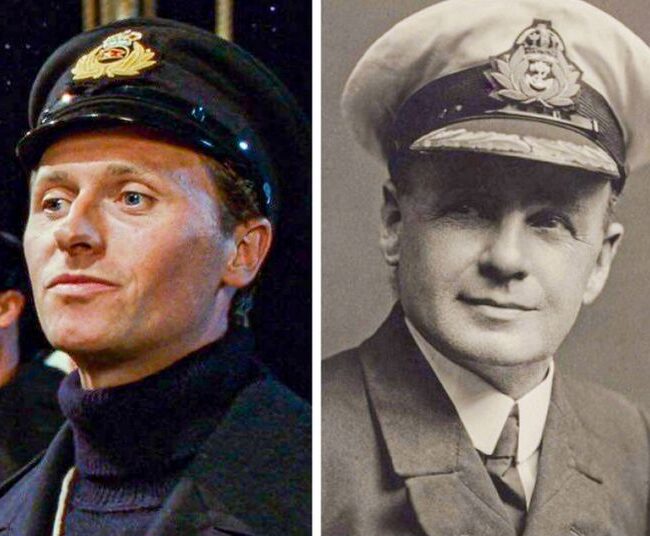
On the Titanic, Charles Lightoller was the captain’s second assistant. The officer leaped from the ship when it began to sink. He and 29 other men boarded a lifeboat. They learned how to keep the boat balanced and not sink from Lightoller. Some people were too exhausted to wait for the rescue ship, and they simply dropped into the ocean.
Lightoller was the senior officer of all the survivors, and following the disaster, he offered a number of cruise safety suggestions. He insisted on expanding the number of lifeboats, and he suggested creating training books for how to use them, as well as maintaining contact radio connections with all ships and transmitting weather warnings.
Thomas Andrews
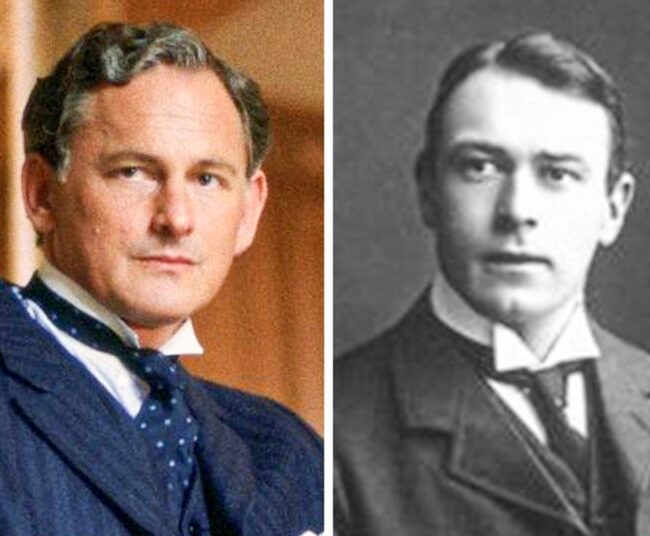
The Titanic’s builder, Thomas Andrews, went on the inaugural cruise to check how the ship worked. Andrews was one of the few persons who realized the ship would probably sink after the incident.
He persuaded the passengers to board the lifeboats, and he searched the rooms for anyone who would wear life jackets and go out on the deck. Andrews did not make it. He was last spotted just before the ship went down. Andrew was tossing chairs from the deck into the sea in the hopes that they might serve as rafts.
Joseph Bruce Ismay
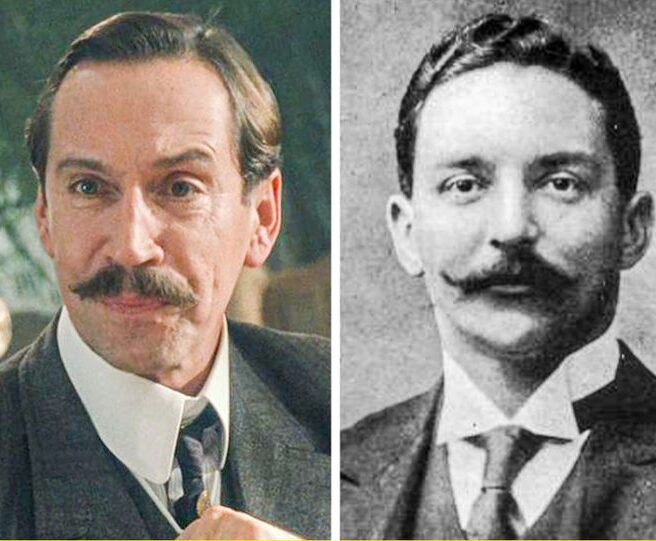
The chairman and CEO of the White Star Line was Joseph Bruce Ismay. He wanted to outperform his rivals, so he built a ship that was extremely opulent, which is why he ordered the ship’s lifeboats to be reduced from 48 to 16.
Ismay was savaged by both the American and British press after surviving the wreck for abandoning the ship when women and children were still on board. And, despite the fact that the official investigation revealed that Ismay assisted other people and took a free spot on the final lifeboat, he was forced to live the rest of his life as a coward.
Frederick Fleet

On the night of the tragedy, Frederick Fleet and a coworker were on the lookout, and he was the first to see the iceberg. When questioned by the American and British tribunals afterwards, Fleet admitted that the lookout officers lacked binoculars, but said if they had, “we could have noticed it (the iceberg) a little sooner.”
However, other experts believe that even if they had had binoculars, they would not have been able to detect the iceberg in time. Fleet was stranded on the same lifeboat as “The Unsinkable Molly Brown,” and he managed to survive the disaster.
John “Jack” Phillips

Because the radio had been broken the day before, the wireless officer, Jack Phillips, had a lot of telegrams from the passengers on the day of the catastrophe. Phillips was so exhausted that he failed to tell the skipper about the icebergs from other ships. Because the communication wasn’t categorized as “essential,” Phillips didn’t even listen to the entire message, which could have prevented the collision.
The captain instructed all of the officers to send SOS signals when the incident occurred. And Jack Phillips didn’t stop broadcasting until the room was completely submerged in water and the radio had stopped working. Phillips died as a result of the disaster. Harold Bride, one of his coworkers, recalled how shocked he was to see Phillips doing his job when everyone else was panicking. In his final moments, he stated that he would never forget his job.
Margaret Brown
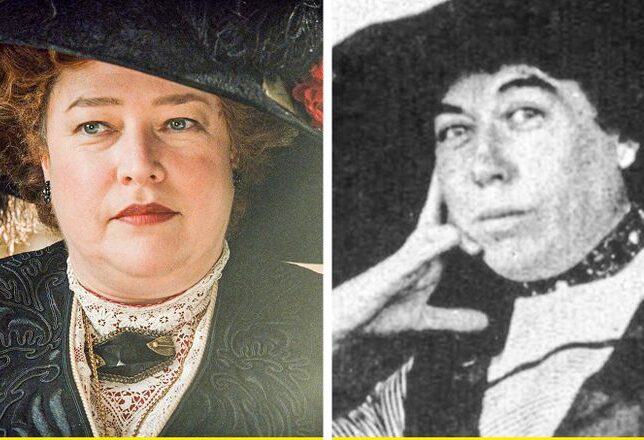
Margaret Brown, who lent Jack her son’s clothing for a meal with nobles, was a true Titanic passenger. She was a humanitarian, public figure, and activist who was always concerned about others. Margaret assisted others in boarding the lifeboats while refusing to board one herself. Later, she was arguing with the boat’s commander, pleading for him to return to the wreck site and assist the survivors.
Margaret was making lists of survivors and looking for food and blankets for people when the Carpathia rescued the survivors. She formed a committee to raise finances and provide psychological support to the survivors. Margaret was called “The Unsinkable Molly Brown” and received the National Order of the Legion of Honour for her efforts.
Ida and Isidor Straus
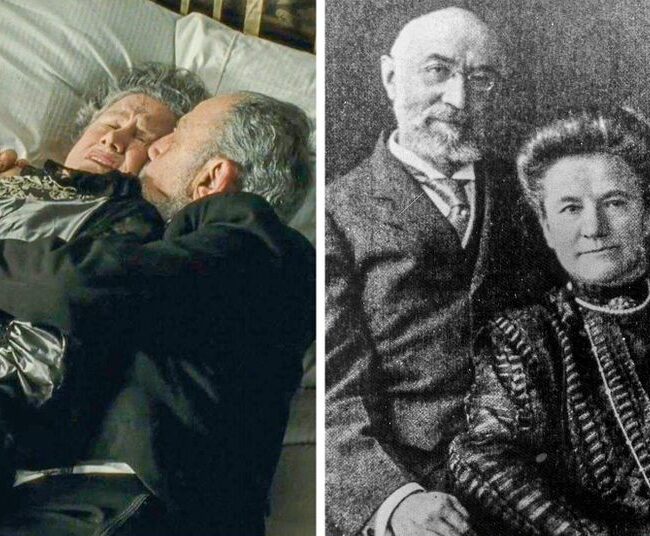
The film’s sequence depicting an old couple hugging during the Titanic’s sinking is unforgettable. Ida and Isidor Straus are prototypes for these characters. The couple was madly in love with each other. And when Isidor, a businessman and politician, had to travel for work, they wrote each other every day.
Given the couple’s age, the Titanic’s officer was willing to allow them both sit in the lifeboat. Isidor, on the other hand, refused because he had resolved to do what the other guys on the ship had done. Ida didn’t want to abandon her husband on the sinking ship, so he tried to get her into the boat. “We’ve been living together for a long time,” Ida explained. “I’ll follow you wherever you go.” The elderly couple was last seen on the deck, arm in arm.



















